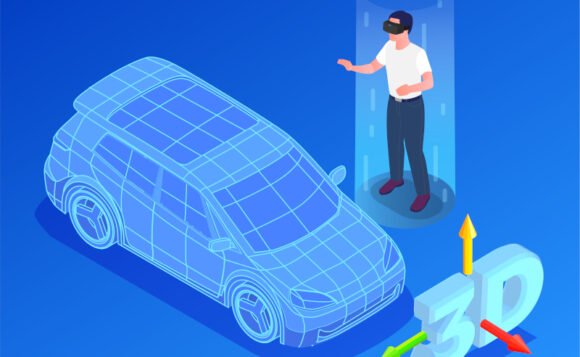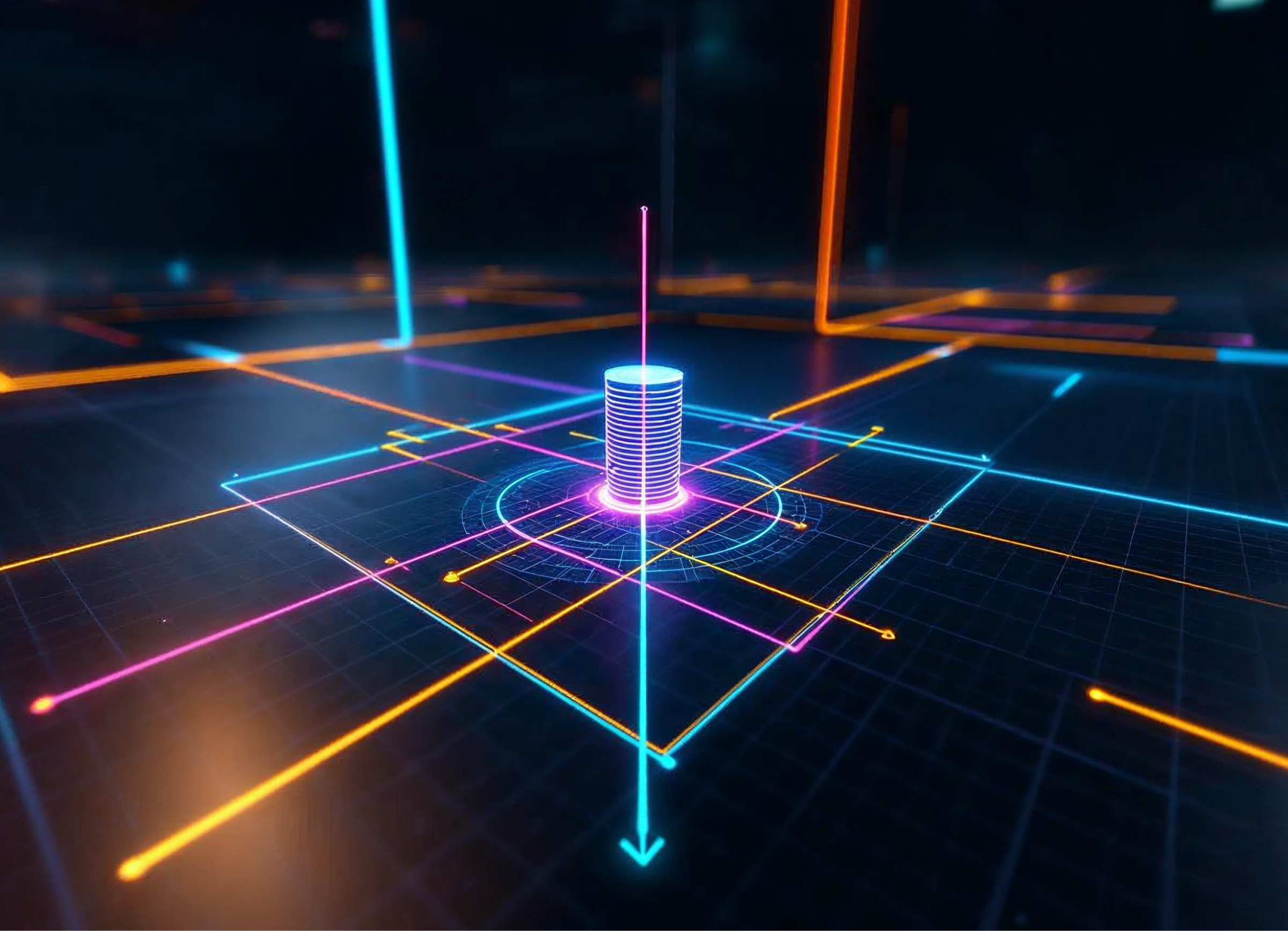
Extended reality is a technology that is already revolutionizing and improving the automotive industry. With augmented and virtual reality brands can facilitate car design and manufacturing processes and improve interaction with customers who buy cars.
No wonder, XR has been successfully implemented by famous brands, like Audi, Toyota, Kia, Mercedes-Benz, etc.
Exploring XR Technology Benefits
Brands are increasingly paying attention to extended reality in automotive industry due to its number of benefits, including
- Facilitating car design and prototyping process. Using XR, engineers and designers can project new car designs in a more convenient and sophisticated way. In VR/AR, automotive workers can consider potential design flaws and car behavior on the road in the early stages of production. Projecting new cars in XR allows companies to save money and time.
- Improving shopping experience. Virtual showrooms and test drives are convenient solutions for your customers, since they don’t have to spend their time reaching an actual showroom to buy a physical car. VR showrooms also allow brands to keep physical items in good condition without any concerns about damage while customers test virtual cars.
- Reducing Environmental Impact. Immersive technologies are an ecologic solution for automotive brands. Using virtual showrooms and test-driving, the number of fumes that pollute the air is reduced. According to the research, 60% of automotive brands have an ecologic strategy called “Mission Zero”, that targets improving their cars as much as possible: zero accidents, zero injuries, zero emissions, and zero unplanned stops to provide additional services. And extended reality allows companies to optimize the car designing process without unnecessary money costs and harmful emissions.
- Enhancing employee training. Immersive technology training has long been proven to be an effective and engaging way to improve the skills of a company’s employees. For example, virtual reality allows you to recreate a workplace using photorealistic graphics, sounds, and even senses, provided by body trackers. Augmented reality gamifies the real workplace, turning standard training into a more interesting gaming experience. Virtual reality for training is also used in manufacturing.You can read more about successful cases here.
- Improving communication between employees. Using immersive technologies, employees of the same car company in different parts of the world can meet in the same digital space and discuss the technical nuances of car models. For example, Mercedes-Benz introduced remote technical support for workers in mixed reality through Microsoft Hololens 2 called Dynamics 365 Remote Assist. With the help of communication in MR, a Mercedes-Benz service center car mechanic can solve a complex problem with a car without leaving their workplace and receive qualified assistance from the brand’s service center. Putting on Microsoft Hololens 2, a mechanic sees in front of them both a digital screen with an expert and virtual instructions that are superimposed on a real car engine or other parts of the car. The main purpose of introducing this remote support is to improve the efficiency of mechanics, speed up the problem-resolution process, and reduce costs and environmental damage due to trips related to vehicle repairs.
How Automakers Use XR to Sell More Cars
Explore Your Dream Car in Virtual Reality
High-quality virtual showrooms allow customers in VR glasses to see and try a digital model of the car before purchase. In addition, in such showrooms, there is an opportunity to customize the car to your own tastes and preferences.
Audi has released a virtual showroom that allows customers in VR headsets to view a virtual car before buying a real one. In this VR experience, a customer has access to such options as a virtual test drive, customization of the model (changing the color of the body, the design of the wheels, etc.), checking the engine and interior, etc. Audi also placed their virtual car on the surface of the moon to convey a certain mood of the model and attract the customer.
This video shows an example of how a customer checks a virtual Audi model in a specially designated room.
From Concept to Reality: The Role of XR in Car Design
Virtual reality allows you to project a new car design in a more detailed and sophisticated way. Instead of constantly using classic 2D sketches, designers create a new car model in VR with a clearer understanding of how the final product will look in reality.
Designing a new car model is better in virtual reality thanks to photorealistic graphics and the ability to peel off and examine the details of the car’s design in maximum detail.
For example, the automotive brand McLaren is already actively using VR to design new racing cars. With this technology, designers draw lines in VR directly on a 3D model using controllers, and there is also an option to switch between 2D and 3D modes.
“As a designer, you are thinking, how does it translate? But now, because we accelerated that process of “sketches straight into 3D”, it’s been much quicker, far more efficient. It still takes the craftsmanship of the drawn lines, you can capture that subtlety of line, then you can tweak it and affect it, and really tune that volume. Because for us, proportion is king,” said Rob Melville, design director at McLaren Automotive.
XR in Automotive: Game-Changer for Employee Training
Augmented reality allows automotive factory workers to produce new cars faster and more efficiently with digital training and instructions.
For example, Toyota introduced Dynamics 365 AR training for its employees based on Hololens 2 MR glasses. Using these glasses, the employees of Toyota manufacture hone their own skills and gain new knowledge in a specially designated room. Working with models, for example, of an engine or a car door in the MR glasses, they receive tasks and instructions on how to perform these tasks.
“Augmented reality and the ability to provide additional information to an engineer or a team member on the shop floor, while they are doing their job, stands to have a huge potential impact. We launch a new model every three years, our team members have to re-learn or learn new processes. And Guides, in combination with the data collection tools, that are available from the Hololens, really have been a breakthrough for us”, said John Tierney, manager at TILT Lab, Toyota Motor North America.
AR Navigation Systems: Future of Driving
Today, augmented reality is already successfully used for built-in navigation in cars. Instead of looking at a schematic map every time, the driver sees the real street in front of them on a screen, with digital signs superimposed on a road. Read more about how augmented reality is used for navigation here.
Crash-Testing Without Crashes: Benefits of VR in Automotive Safety
With the help of virtual simulations, developers can predict how the car will behave on the road and how to avoid a traffic accident.
Unfortunately, car accidents with fatal consequences are quite common in the world. In the first 9 months of 2022, the number of people killed in car accidents in the US exceeded 31 thousand people.
Considering the prevalence of this problem, the US automotive brand Ford has developed a virtual crash test that helps car manufacturers and buyers predict all possible risks that await the driver on the road.
Extended reality is already successfully changing and increasing the efficiency of the automotive industry. Thanks to XR, many car brands can create a more economical and environmentally friendly car development experience with less time spent on designing and testing the car on the road. For buyers, the XR is beneficial because of how in virtual reality you can choose and customize a digital car before buying a real one, and augmented reality also serves as a tool for convenient navigation.
Image: Freepik



